Service hotline
+86 0755-83044319
release time:2025-07-18Author source:SlkorBrowse:733
I. Hazards of ESD and Protection Needs
Electrostatic discharge (ESD) is a phenomenon where charge accumulated on an object’s surface is rapidly released, such as the "electrical shock" feeling when a human touches an electronic device. The voltage released in an instant can reach thousands of volts or higher, causing permanent damage to semiconductor chips. For example, when a static-charged finger touches a phone interface, ESD current may break down the gate oxide inside the chip through the circuit, leading to device failure.
To address this threat, engineers typically deploy ESD protection diodes in circuits. Their core function is to quickly divert current to ground during an ESD event, preventing sensitive components from enduring excessive voltage. Such devices are especially suitable for exposed interfaces like USB, HDMI, and CAN buses—locations most vulnerable to external ESD shocks.
II. Core Working Principles of ESD Diodes
A typical representative of ESD diodes is the Transient Voltage Suppressor (TVS) diode, whose operating mechanism is based on the avalanche breakdown effect of PN junctions:
1. Normal state: The diode is in a high-impedance state and does not affect circuit signal transmission. For example, in USB interfaces, the parasitic capacitance of ESD diodes must be controlled to a few picofarads or lower (e.g., TI’s ESD2CANFD24 is only 2.5pF) to avoid interfering with high-speed data transmission.
2. During ESD impact: When the voltage exceeds the breakdown threshold (e.g., 8kV contact discharge), the diode conducts rapidly, with impedance dropping to near zero, diverting current to ground. At this point, the voltage across the diode is clamped to a safe level (i.e., "clamping voltage"). For instance, ON Semiconductor’s ESD9B5.0ST5G has a clamping voltage of 12.5V at 16A current, protecting backend chips from high-voltage shocks.
3. Recovery characteristics: After the ESD event ends, the diode automatically returns to a high-impedance state, and the circuit resumes normal operation. This process takes only sub-nanoseconds, ensuring signal integrity remains unaffected.
III. Key Technical Parameters and Selection Essentials
1. Breakdown Voltage (VBR) and Working Voltage (VRWM)
VRWM is the maximum voltage the diode can withstand during normal operation and must be higher than the circuit signal voltage. For example, if the signal range is 0-3.6V, a device with VRWM ≥ 3.6V should be selected; otherwise, leakage current may occur. VBR is the critical voltage at which the diode starts conducting, typically 10%-20% higher than VRWM.
2. Bidirectional and Unidirectional Structures
● Bidirectional diodes: Have symmetric I-V curves, suitable for bidirectional signals (e.g., HDMI differential lines), protecting against both positive and negative ESD shocks.
● Unidirectional diodes: Allow current to pass in only one direction, ideal for unipolar signals (e.g., USB power lines) and offer better protection against negative voltages. For example, TI’s ESD2CANFD24 features a bidirectional design, optimized for bidirectional communication in automotive CAN buses.
3. Dynamic Resistance (RDYN) and Clamping Voltage
RDYN determines the voltage rise slope during an ESD event. Lower dynamic resistance results in lower clamping voltage and better protection. For example, one ESD diode may have a clamping voltage of 13.4V at 16A current, while another with lower dynamic resistance (as shown in the green TLP curve) has a clamping voltage of only 10V at the same current.
4. Capacitance Characteristics
For high-speed interfaces (e.g., USB3.0), low-capacitance models are required. For instance, ON Semiconductor’s SL15 series reduces capacitance to below 5pF using series compensation diodes, suitable for 5Gbps data transmission.
IV. ESD Protection Industry Standards and Testing
The IEC 61000-4-2 standard developed by the International Electrotechnical Commission (IEC) is the core basis for ESD protection:
● Contact discharge level: Up to 8kV (Level 4), simulating discharge when directly touching equipment.
● Air discharge level: Up to 15kV, simulating static discharge through air gaps.
Notably, there is a difference between a chip’s own ESD rating (e.g., HBM model) and system-level protection requirements. For example, a chip may pass a 2kV HBM test but fail a 2kV IEC test because the IEC model has a faster current rise (<1ns) and higher energy. Therefore, external ESD diodes are necessary to enhance system-level protection.
V. Typical Application Scenarios and Design Recommendations
1. Consumer electronics: USB-C interfaces in phones and tablets typically deploy multi-channel ESD diode arrays (e.g., Dongwo Electronics’ SOT-23 packaged devices) to protect both power and data lines.
2. Automotive electronics: CAN buses require ruggedness; TI’s ESD2CANFD24 supports ±25kV contact discharge, meeting the high reliability needs of in-vehicle systems.
3. Industrial equipment: In RS485 communication lines, low-capacitance ESD diodes (e.g., ESD751’s 0.5pF model) prevent signal distortion.
Design keys:
● Place ESD diodes as close to the interface as possible to shorten the current path.
● Avoid series resistors between the diode and ground to ensure low-impedance discharge.
● For high-frequency signals, balance capacitance and clamping voltage.
VI. Common Misconceptions and Technological Developments
1. Misconception: Assuming a chip’s own ESD rating (e.g., HBM 2kV) is sufficient to protect the system. In reality, the HBM standard only simulates ESD in production environments, while the IEC standard is closer to real-world usage scenarios.
2. Technological trends: As chip integration increases, ESD diodes are moving toward lower capacitance (e.g., 0.1pF) and higher power density (e.g., single-package multi-channel protection). For example, Toshiba’s TVS diodes achieve lower parasitic parameters in QFN packages through optimized wafer processes.
Summary
ESD diodes are the "fuses" of electronic devices. Their design requires comprehensive consideration of circuit characteristics, environmental interference, and industry standards. Selecting appropriate ESD protection solutions (e.g., bidirectional/unidirectional structures, low-capacitance models) and strictly following IEC 61000-4-2 testing can significantly improve device reliability and lifespan. Whether in consumer electronics or industrial control, ESD diodes remain "invisible guardians," silently safeguarding the stable operation of modern electronic systems.
About SLKOR:
SLKOR, headquartered in Shenzhen, China, is a rapidly emerging national high-tech enterprise in the power semiconductor sector. With R&D centers in Beijing and Suzhou, its core technical team originates from Tsinghua University. As an innovator in silicon carbide (SiC) power device technology, SLKOR's products are widely used in new energy vehicles, photovoltaic power generation, industrial IoT, and consumer electronics, providing critical semiconductor solutions to over 10,000 clients globally.
The company delivers more than 2 billion units annually, with its SiC MOSFETs and 5th-generation ultrafast recovery SBD diodes setting industry benchmarks in efficiency ratio and thermal stability. SLKOR holds over 100 invention patents and offers 2,000+ product models, continually expanding its IP portfolio across power devices, sensors, and power management ICs. Certifications including ISO 9001, EU RoHS/REACH, and CP65 compliance demonstrate the company's steadfast commitment to technological innovation, lean manufacturing, and sustainable development.
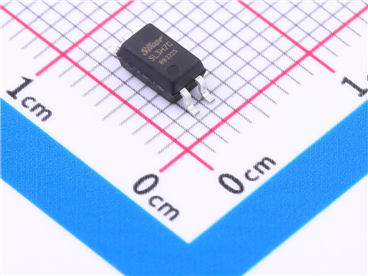
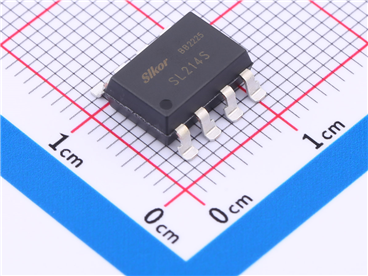
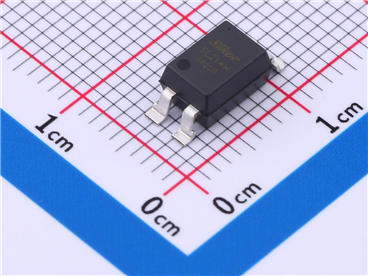
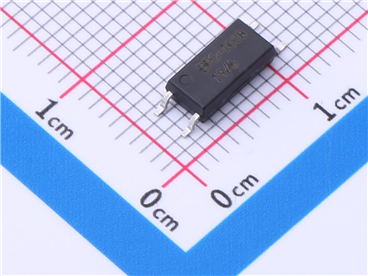
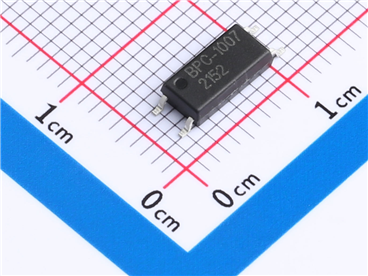




Site Map | 萨科微 | 金航标 | Slkor | Kinghelm
RU | FR | DE | IT | ES | PT | JA | KO | AR | TR | TH | MS | VI | MG | FA | ZH-TW | HR | BG | SD| GD | SN | SM | PS | LB | KY | KU | HAW | CO | AM | UZ | TG | SU | ST | ML | KK | NY | ZU | YO | TE | TA | SO| PA| NE | MN | MI | LA | LO | KM | KN
| JW | IG | HMN | HA | EO | CEB | BS | BN | UR | HT | KA | EU | AZ | HY | YI |MK | IS | BE | CY | GA | SW | SV | AF | FA | TR | TH | MT | HU | GL | ET | NL | DA | CS | FI | EL | HI | NO | PL | RO | CA | TL | IW | LV | ID | LT | SR | SQ | SL | UK
Copyright ©2015-2025 Shenzhen Slkor Micro Semicon Co., Ltd